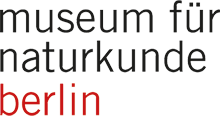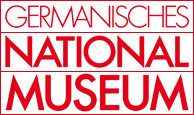Kunstkammer – Das Fenster zur Natur und Kunst. A historical-critical refurbishment of the Brandenburg-Prussian Kunstkammer as an observatory, laboratory, communication area and showroom of knowledge
The Humboldt University of Berlin, the National Museums in Berlin and the Museum of Natural History Berlin are jointly dedicating themselves to researching the history of the Berlin Kunstkammer as the nucleus of today’s Berlin museum landscape.
The Kunstkammer, once housed in the Berlin Palace, was the origin of the city’s museum landscape. This collection, which existed from the 16th to well into the 19th century, brought together objects of nature, art and science. Today, many of the objects formerly belonging to the Kunstkammer are scattered across numerous museums in Berlin. The DFG project, in which the National Museums in Berlin cooperate with the Humboldt University of Berlin and the Museum of Natural History Berlin, aims to research this collection and the paths taken by its objects to their present day museums.
The history of the Berlin Kunstkammer is to be developed from the object biography: In what way did the objects enter the collection? In what contexts did they stand before their entry into the Berliner Kunstkammer? In what way were they placed in the collection in ever new taxonomic, narrative, spatial, staging and usage contexts? How did their entrance into the museums that were created from the 19th century onwards take shape? And what attributions of meaning were associated with these processes?
Based on questions like these, the Kunstkammer will be examined in its various historical transformation stages. These include the reorganisation processes in the 17th and 18th centuries, but also the changed form of the collection after various object areas were given up in the 19th century. We will focus on the enormous enrichment of the Kunstkammer through comprehensive private collections in this late phase of its development, as well as on the role of its objects in the founding of various new museums. The object-biographical perspective forms the basis for making visible facets of Berlin’s museum history that have so far received little attention from the Kunstkammer.
Funded by:
Project management:
Prof. Dr. Horst Bredekamp
Prof. Dr. Michael Eissenhauer
Prof. Dr. Johannes Vogel
Staff:
Dr. Marcus Becker
Sarah Wagner
Rosa Miriam Reinhardt
Duration: November 2018 to October 2021
Project partners:



